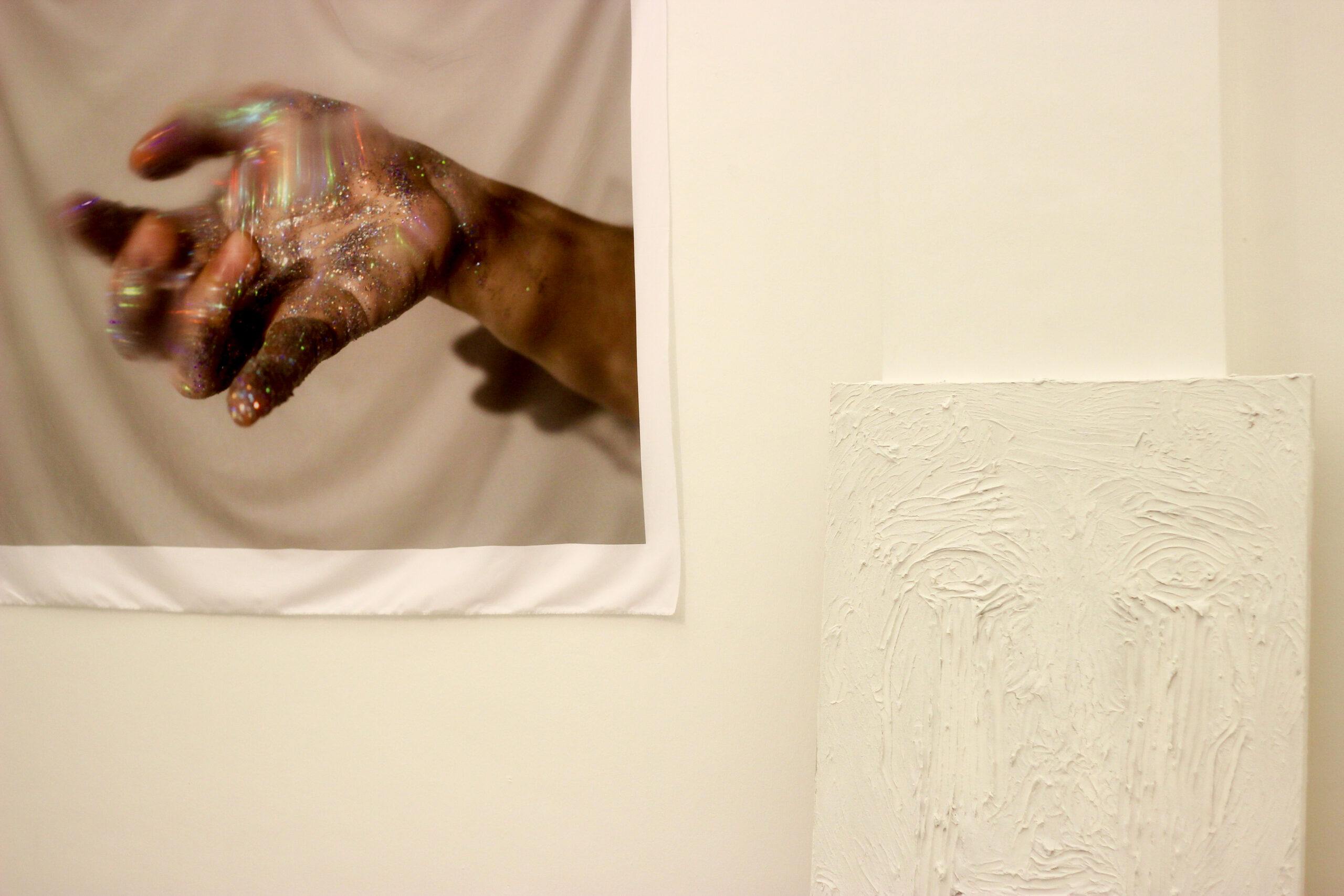MUSA MUSEUM /// 30. Mai 2018 /// Eva Kadlec /// Big Mood
I experienced BIG MOOD in colours, in textures, in gestures, in materials that seemed equally alien and familiar to me like a piece of foam replacing canvas on the wall. This experience led me as far as to believe that I have caught a glimpse of the artist’s emotions (or Mood) when the idea is born, at the moment of creation. I saw what disturbs the idea, what shakes it, filters it, deconstructs it and builds it all over again.

That experience owes partly to the idea of the fluidity of the material, “die Flüssigkeiten” embedded in Eva Kadlec’s artworks. Later, she shared with me that what she wanted to grasp was her fascination with the fluidity of the material, something that I could not completely comprehend but could rather sensually experience. I liked the representation of art not as a mere product – element of capitalist world – but as a medium, or a thing that can be shared: art than can be physically touched.
“That’s part of the concept – of not only producing something but also to be part of it.”
Big Mood draws you in that circle of gestures expressed through different mediums. The use of different materials made me think of the intermedial muse, of the blending of arts and techniques. ”The muse uses you as a medium and you have to be humble”. The viewer’s perception is challenged by the choice of precious material like marble and a rather “trashy” product such as foam in gliterring pastel colour – obviously not an “aesthetic choice”.

Eva Kadlec’s art disturbs, it makes you think about the deeper structure, or what the philosopher Robert Pfaller referred to as ‘meta-reflections’. To me, that meant taking the time to focus on the details that constantly filter my perception and make me see the world the way I do. The crucial point is that this is not a single process and the only way to trace it is from the beginning – idea that I saw expressed in the fluidity of textures – that almost uncatchable in-between phase that occurs during the process of creation. Or at least, that is what I experienced for my one hour visit of the exhibition – something like a trip inside my own subjectivity.


